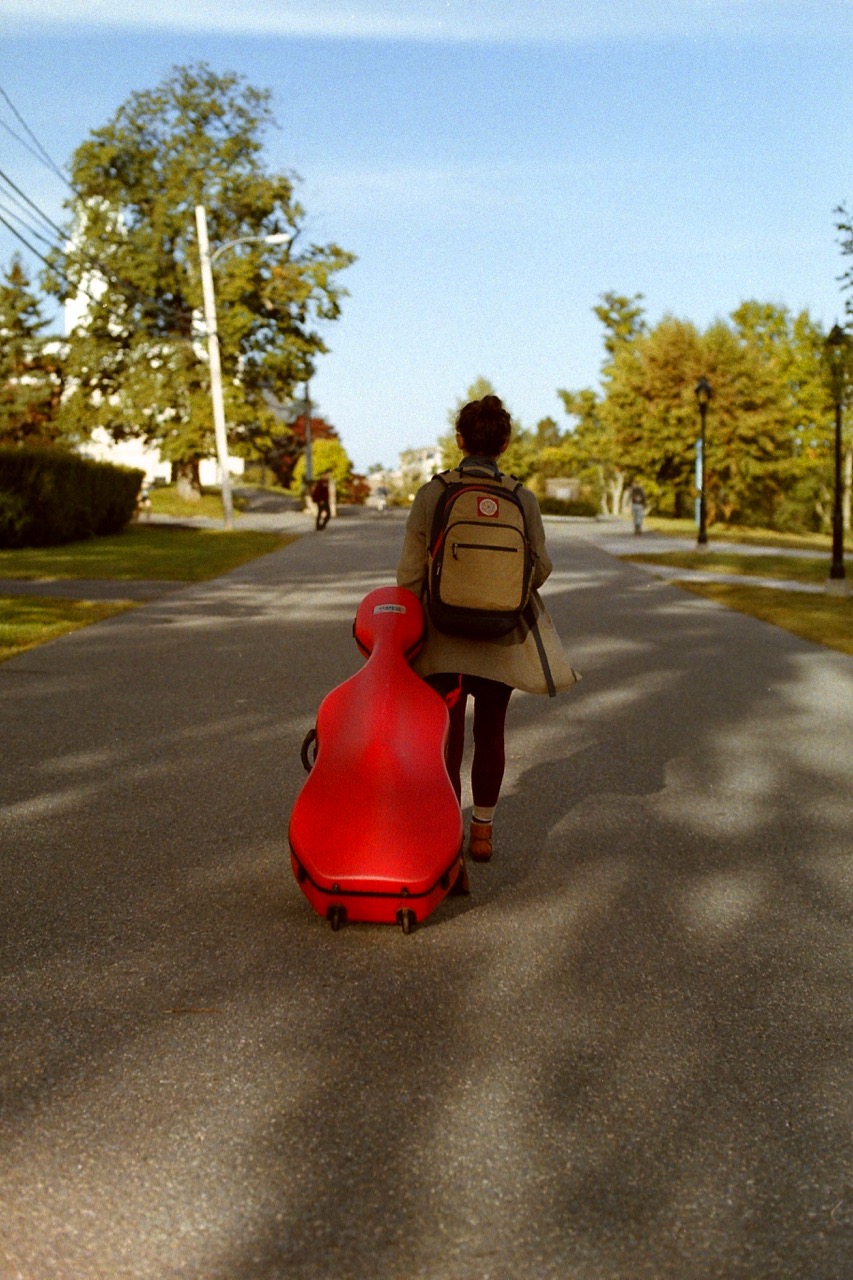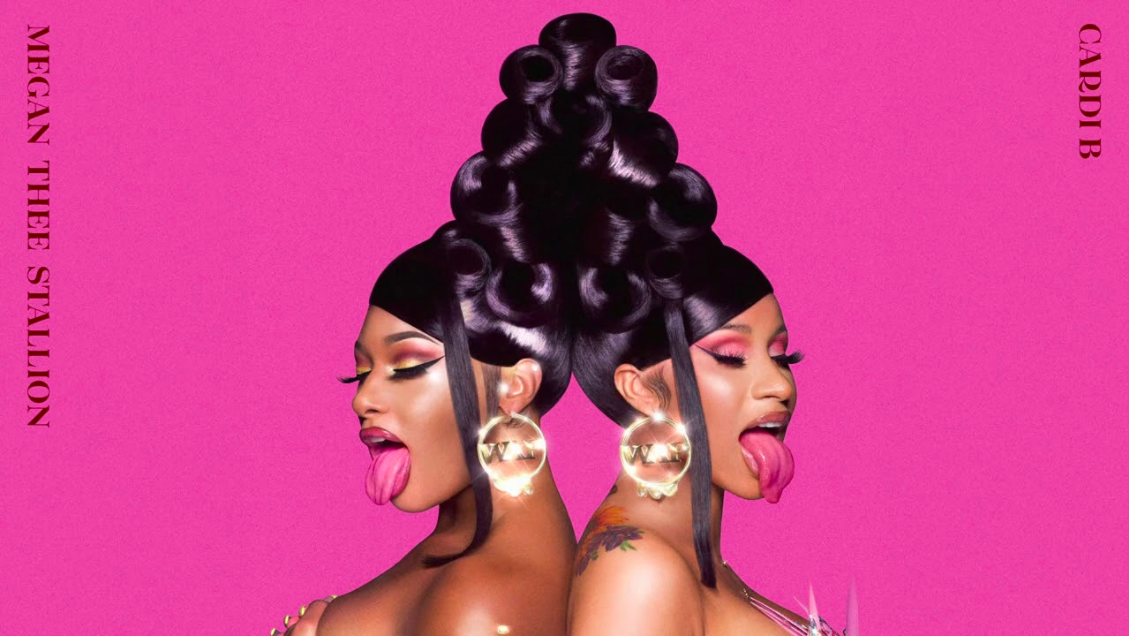Why are certain instruments associated with certain genders? Why do women tend to play instruments that are higher in range, softer in dynamic, and more elegant to hold? Why are most rock drummers male?
The intersection of music and sexuality is evident throughout much of Western history. Western cultures have historically assigned certain musical roles to a specific gender. These historical specifications play themselves out in all genres of music today.
Prior to the 20th century, the space of public performance was limited to men. Women, in the 19th century, were permitted to perform publicly only as vocalists; even then, this was deemed suspect because of 19th-century connotations that women who sang in public were essentially prostitutes.
Throughout the 19th and early 20th century, women learned to play specific instruments in primarily the domestic sphere. Learning an instrument gave a woman a commodity value for marriage; it was seen to increase her desirability. Ironically, this desirable quality could be performed only at home and rarely in public. Acceptable instruments for women were typically of the plucked string variety: lute, harp, guitar, and keyboard. These instruments did not distort the body in “unfeminine” ways, as scholars of that time were happy to point out. They also did not require an accompanist; the instruments could be played in isolation. Women were viewed as ornamental and decorative; playing an instrument (in the home and before marriage only) enhanced this ornamental quality.
Though these instruments were the standard for women, some female instrumentalists began breaking ground as cellists when it was first introduced. As in fashion at the time, they had to play side-saddle (both legs on one side of the instrument) to avoid any sexual connotations. Male cellists, however, were not required to play side-saddle.
Women began playing violin even though it was deemed the instrument of the devil. It was believed that the “weaker sex” would not naturally be strong enough to deal with “stronger” instruments like the violin; women were not meant to be aggressive or strong. Instruments that require aggression and strength (a misconception, but hey it’s the 19th century we’re dealing with) were appropriate only for men: timpani, upright bass, and brass.
These women who broke ground by performing instruments societally deemed for men paved the way for a generation of women to continue performing on these instruments. A new normal was effectively created, but the instruments women most typically played have become solidified. When looking at major Canadian orchestras, there are disproportionate gaps in specific instrument categories: brass, winds, percussion, keyboard, and bass. Approximately 85% of professional orchestral brass players in Canadian orchestras are male. Over 80% of flute players are female. 75% of upright bass players are male. 95% of percussionists and timpanists are male. Over 80% of harp and keyboard players are female.
Gendered instrument bias crosses over into popular music, as well. Though I didn’t gather similar data for popular music, one only has to listen to and watch videos of popular musicians and bands to see similarities between the two and their treatment of gender and instruments.
School band programs are not exempt from gender socialization. In a study conducted between 1978 and 2007, children consistently chose instruments that coincided with traditional instrument gender bias. Girls chose instruments like flute, clarinet, and violin. Boys chose instruments like drums, trombone, and trumpet. The results are unsurprising. Of course there will be and definitely are anomalies; this article is stating the averages and the generalizations.
The tragedy of instrument gender bias is summarized perfectly by Leopold Stokowski: “Sacrificing accomplishment to tradition.” Not only is this tragedy applicable to women, but to men. The limitations imposed by gender bias restrict opportunities and reinforce social expectations for everyone; in the field of music, both men and women find themselves falling into predefined roles that have existed for centuries.
*Information presented in this article was gathered by a major research project conducted by the author of the article.





